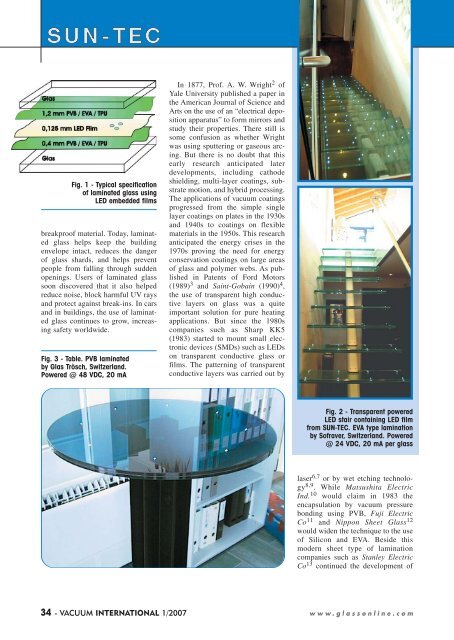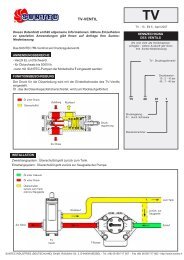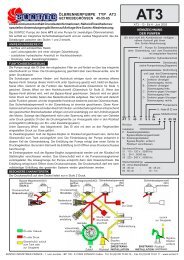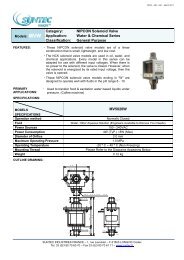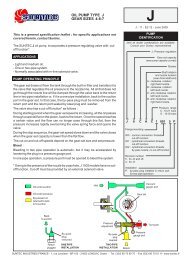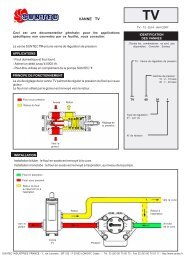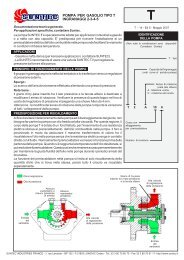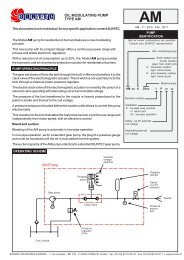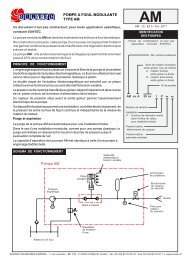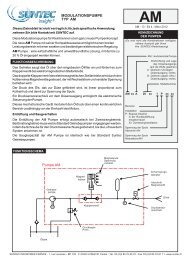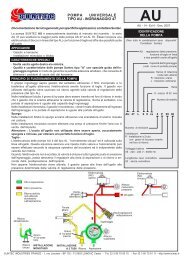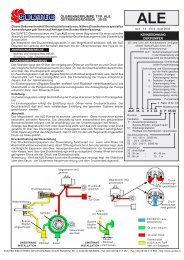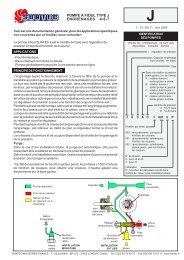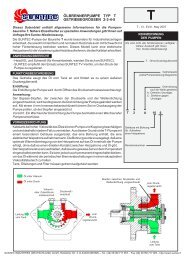suntec xpress
suntec xpress
suntec xpress
You also want an ePaper? Increase the reach of your titles
YUMPU automatically turns print PDFs into web optimized ePapers that Google loves.
Fig. 1 - Typical specification<br />
of laminated glass using<br />
LED embedded films<br />
breakproof material. Today, laminated<br />
glass helps keep the building<br />
envelope intact, reduces the danger<br />
of glass shards, and helps prevent<br />
people from falling through sudden<br />
openings. Users of laminated glass<br />
soon discovered that it also helped<br />
reduce noise, block harmful UV rays<br />
and protect against break-ins. In cars<br />
and in buildings, the use of laminated<br />
glass continues to grow, increasing<br />
safety worldwide.<br />
Fig. 3 - Table. PVB laminated<br />
by Glas Trösch, Switzerland.<br />
Powered @ 48 VDC, 20 mA<br />
In 1877, Prof. A. W. Wright 2 of<br />
Yale University published a paper in<br />
the American Journal of Science and<br />
Arts on the use of an “electrical deposition<br />
apparatus” to form mirrors and<br />
study their properties. There still is<br />
some confusion as whether Wright<br />
was using sputtering or gaseous arcing.<br />
But there is no doubt that this<br />
early research anticipated later<br />
developments, including cathode<br />
shielding, multi-layer coatings, substrate<br />
motion, and hybrid processing.<br />
The applications of vacuum coatings<br />
progressed from the simple single<br />
layer coatings on plates in the 1930s<br />
and 1940s to coatings on flexible<br />
materials in the 1950s. This research<br />
anticipated the energy crises in the<br />
1970s proving the need for energy<br />
conservation coatings on large areas<br />
of glass and polymer webs. As published<br />
in Patents of Ford Motors<br />
(1989) 3 and Saint-Gobain (1990) 4 ,<br />
the use of transparent high conductive<br />
layers on glass was a quite<br />
important solution for pure heating<br />
applications. But since the 1980s<br />
companies such as Sharp KK5<br />
(1983) started to mount small electronic<br />
devices (SMDs) such as LEDs<br />
on transparent conductive glass or<br />
films. The patterning of transparent<br />
conductive layers was carried out by<br />
Fig. 2 - Transparent powered<br />
LED stair containing LED film<br />
from SUN-TEC. EVA type lamination<br />
by Sofraver, Switzerland. Powered<br />
@ 24 VDC, 20 mA per glass<br />
laser 6,7 or by wet etching technology<br />
8,9 . While Matsushita Electric<br />
Ind. 10 would claim in 1983 the<br />
encapsulation by vacuum pressure<br />
bonding using PVB, Fuji Electric<br />
Co 11 and Nippon Sheet Glass 12<br />
would widen the technique to the use<br />
of Silicon and EVA. Beside this<br />
modern sheet type of lamination<br />
companies such as Stanley Electric<br />
Co 13 continued the development of<br />
34 - VACUUM INTERNATIONAL 1/2007 www.glassonline.com


